California's Under the Radar Volcanic National Park Worth a Visit!
/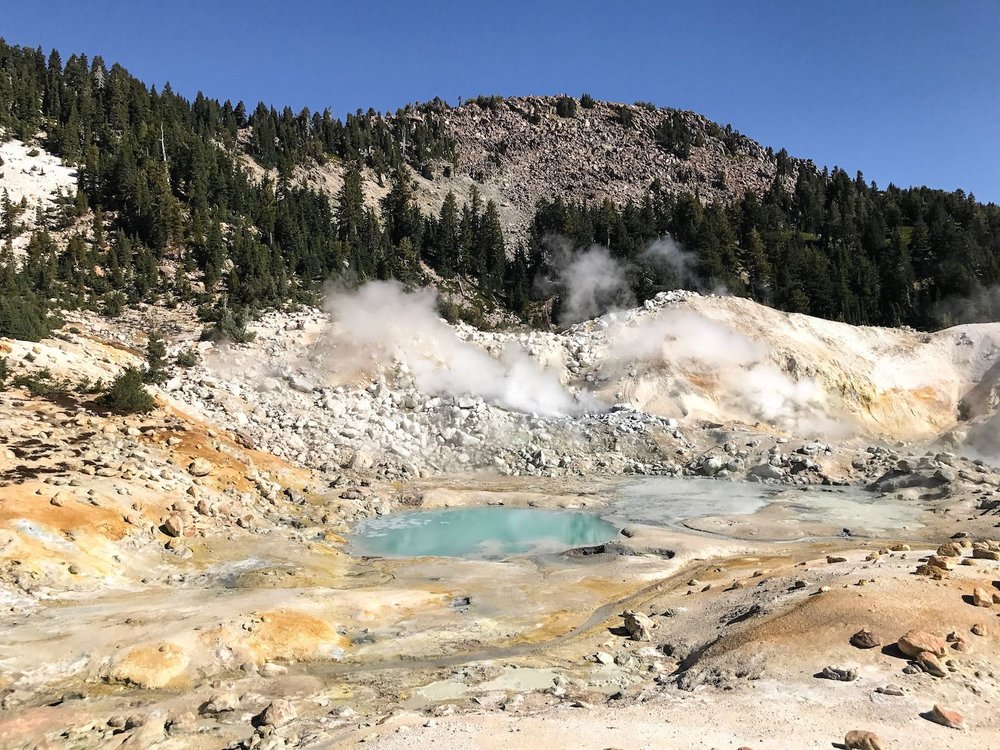
A world away from northern California cities, Lassen Volcanic National Park is intrinsically untamable; a far cry from the art and food scene of the cities to it’s south.
With every mile you drive away from the nearby major cities of San Francisco and Sacramento, the clock turns back to simpler times.
A therapeutic stripping away of cell phone towers, chaotic world news, and stresses of your job are replaced by roads shadowed by more trees than you can possible count, cattle roaming on fields, and historic wooden cabins in the distance.
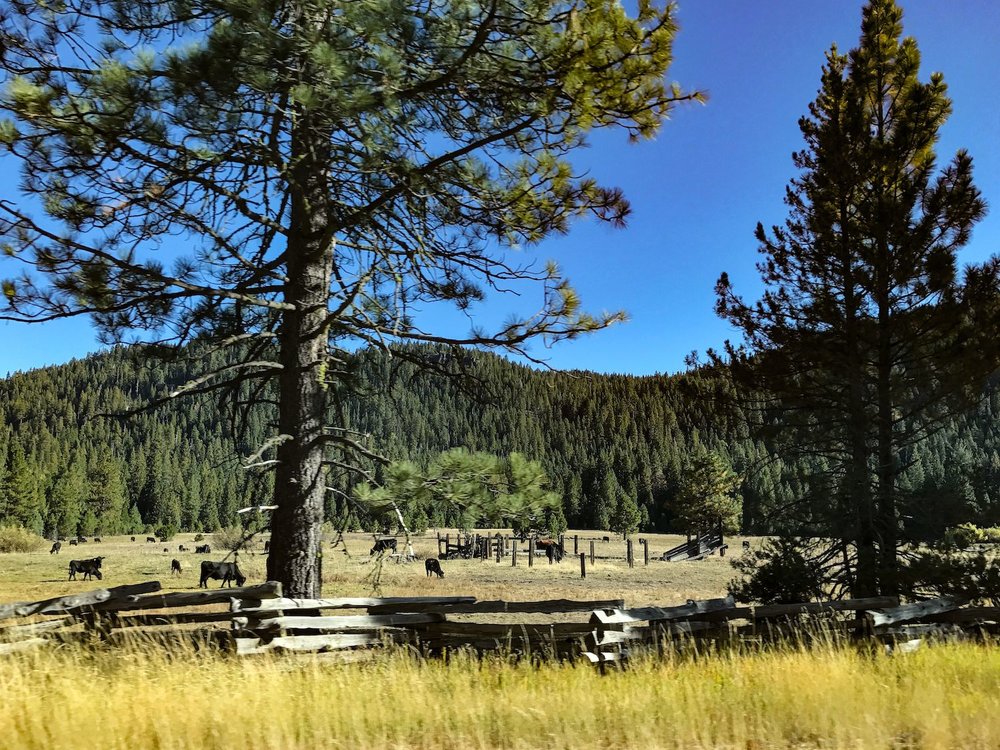
There are so few visible modern conveniences that it’s hard to picture this place looking any different now than it did over a hundred years ago in it’s early settlement days.
Lassen National Park a place where you can truly unplug – electronically and mentally, and reconnect with the stillness and abundance of the universe.
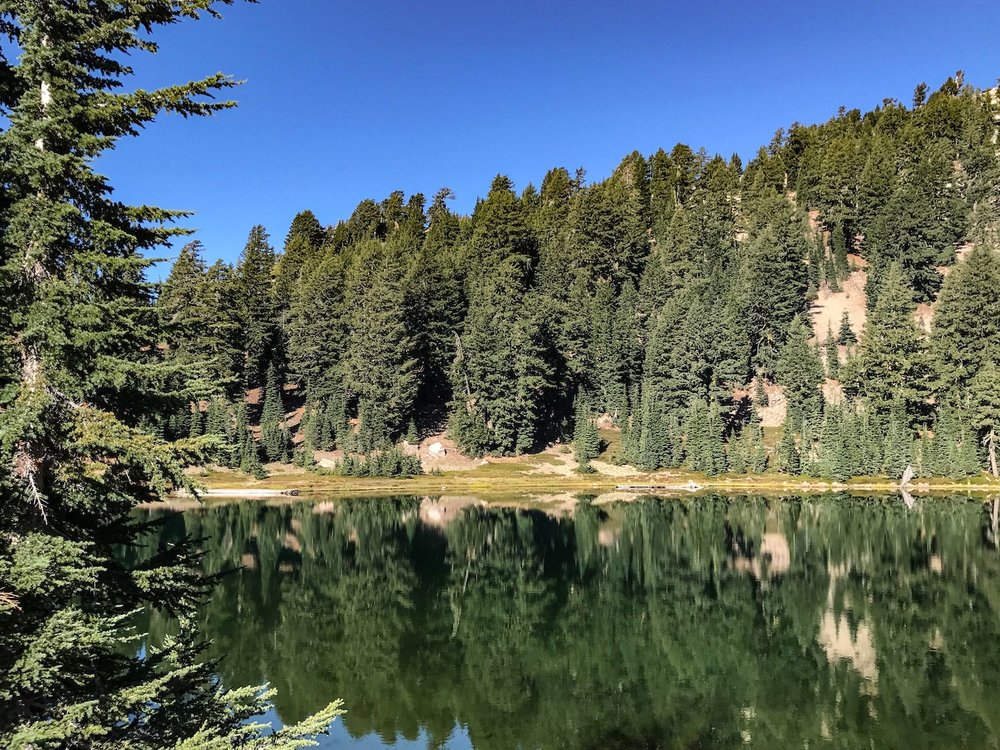
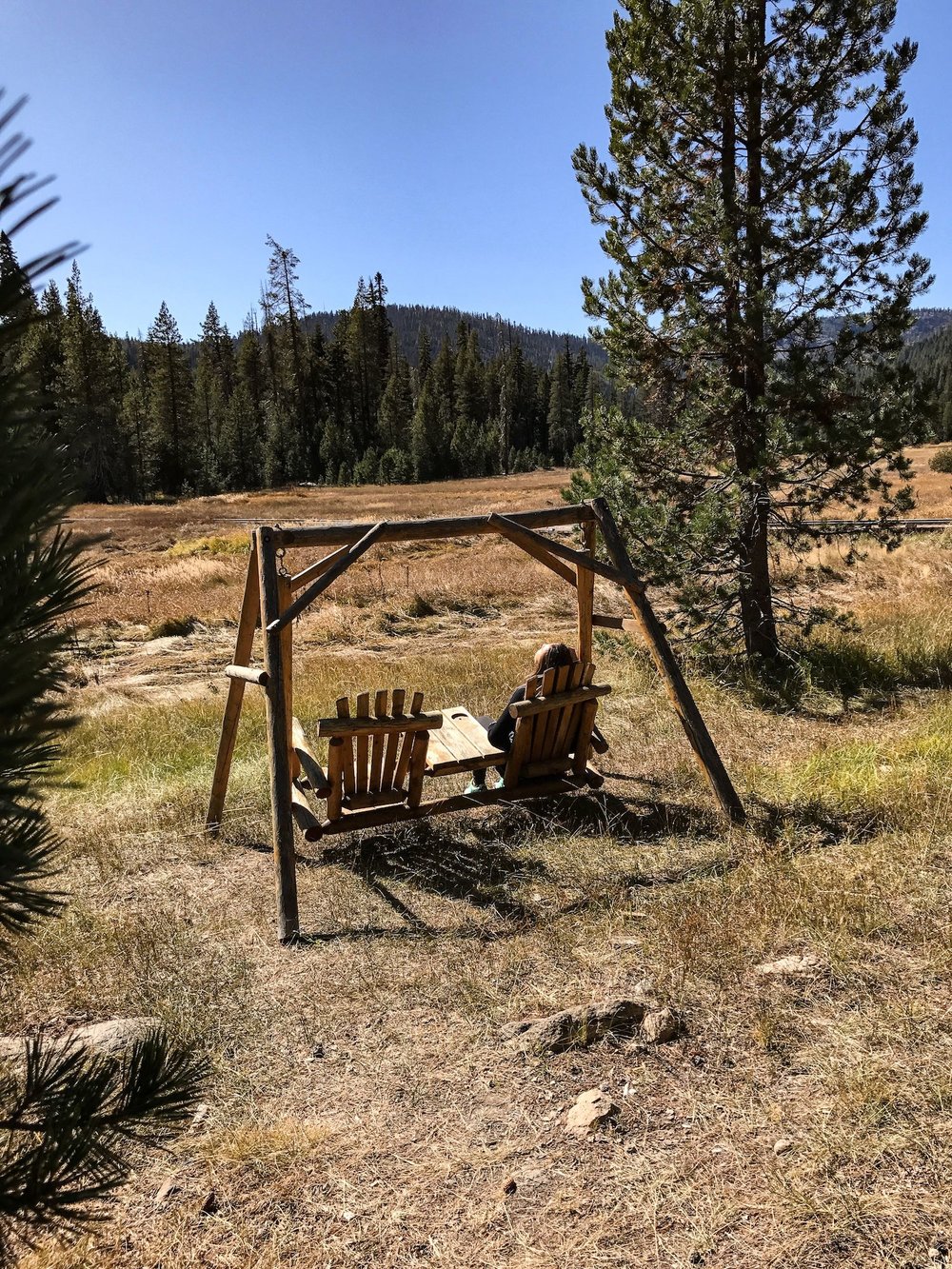
Soaking in the sunshine at Lassen national park, california
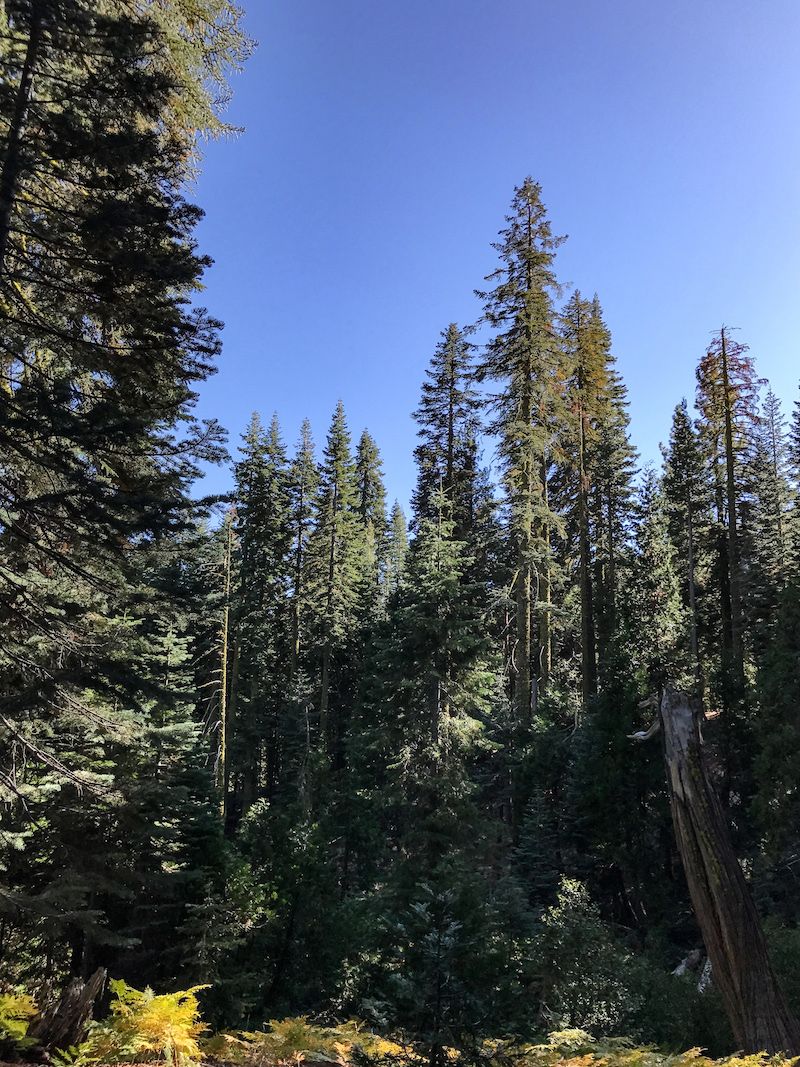
hiking through the trees
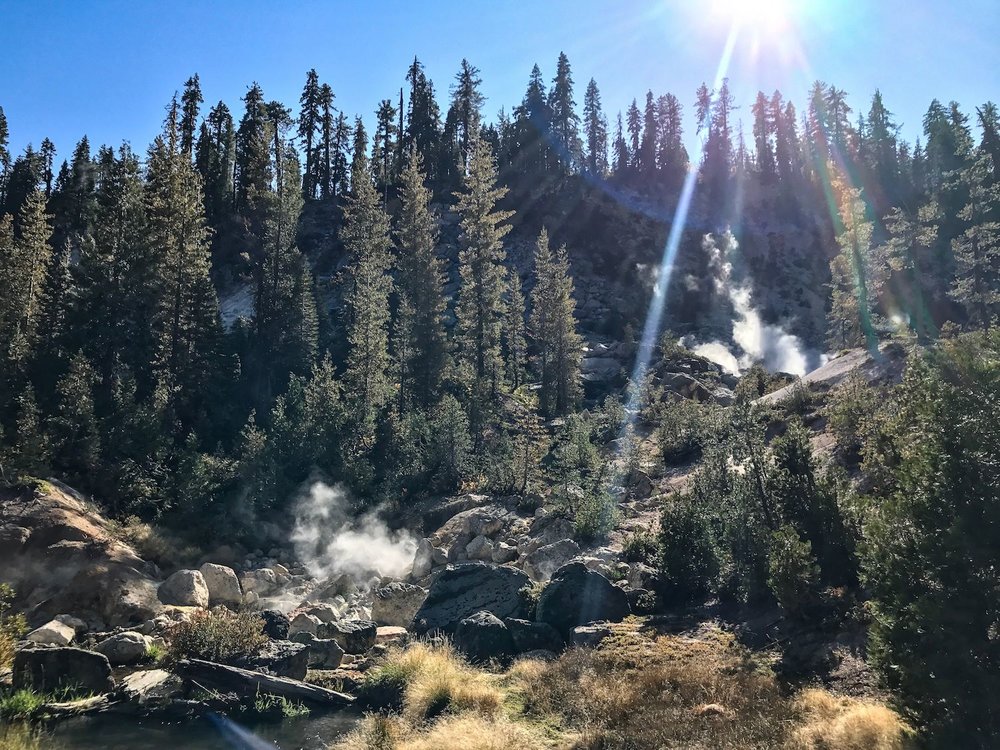
geothermal activity in Lassen national park
With 150 miles of park trails, including 17 miles along the famous Pacific Crest Trail National Scenic Route, which extends from the U.S. border with Mexico north to the U.S. border with Canada, Lassen is the perfect place for hiking, horseback riding, and stargazing in the summer; snowshoeing in the winter as the park gets roughly 30 feet of snow.
Lassen Volcanic National Park is known for it’s rugged landscapes of volcanic, geothermal activity. Every rock originated from volcanoes.
Here, you can see all four major types of volcanoes here in this national park – shield volcano, stratovolcano or composite volcano, cinder cone volcano, and plug dome or lava dome volcano.
Lassen Peak is one of the largest plug dome volcanoes in the world; its’ last eruptions lasted for seven years between 1914 and 1921, with the largest on May 22, 1915. The photographs taken during this eruption paved the way for the creation of Lassen Volcanic National Park on August 16, 1916.
As you hike around the park, if you’re quiet, you hear a thudding, like a heart beating. It’s the gurgling of the Earth beneath you.
Along the hiking paths, the workings of steam vents, mud pots, fumaroles and boiling springs testify that volcanoes in the park are not dead, just resting.
The famous Bumpass Hell attests to the other worldly nature; smoke rising in the distance and the harsh smell of sulfur stings the nostrils.
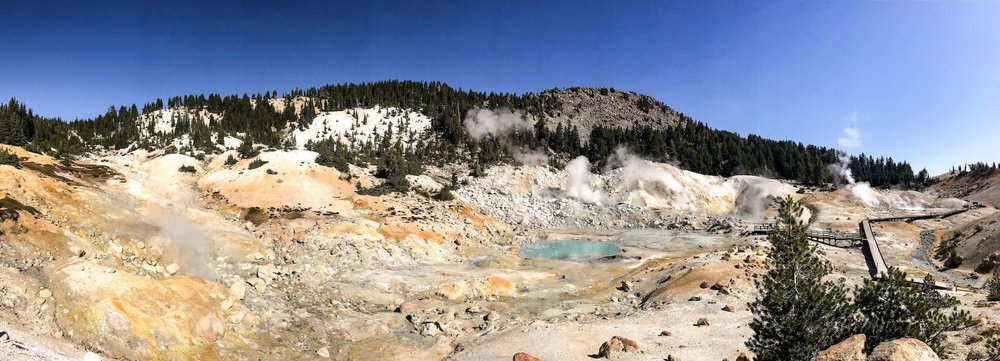
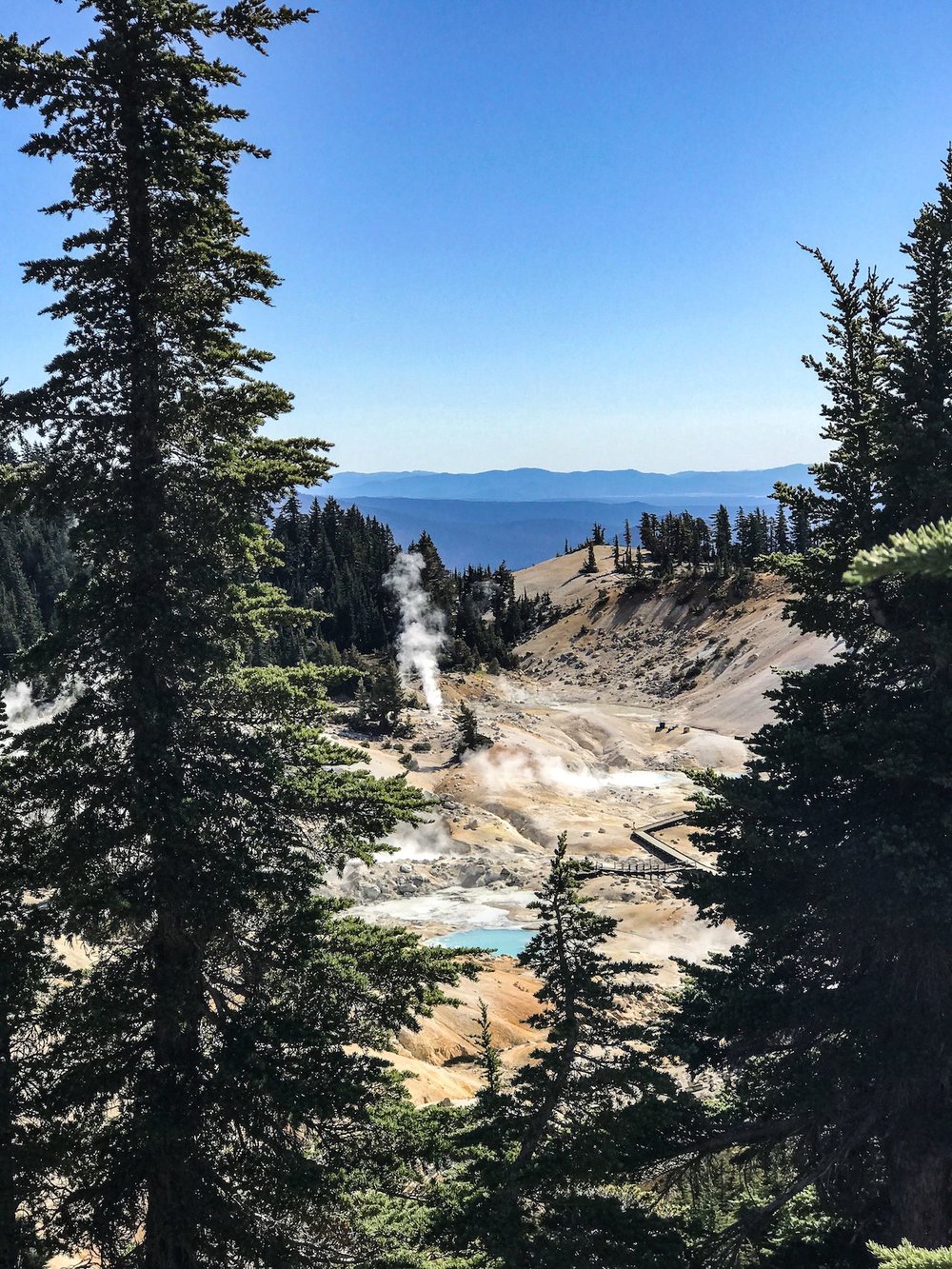
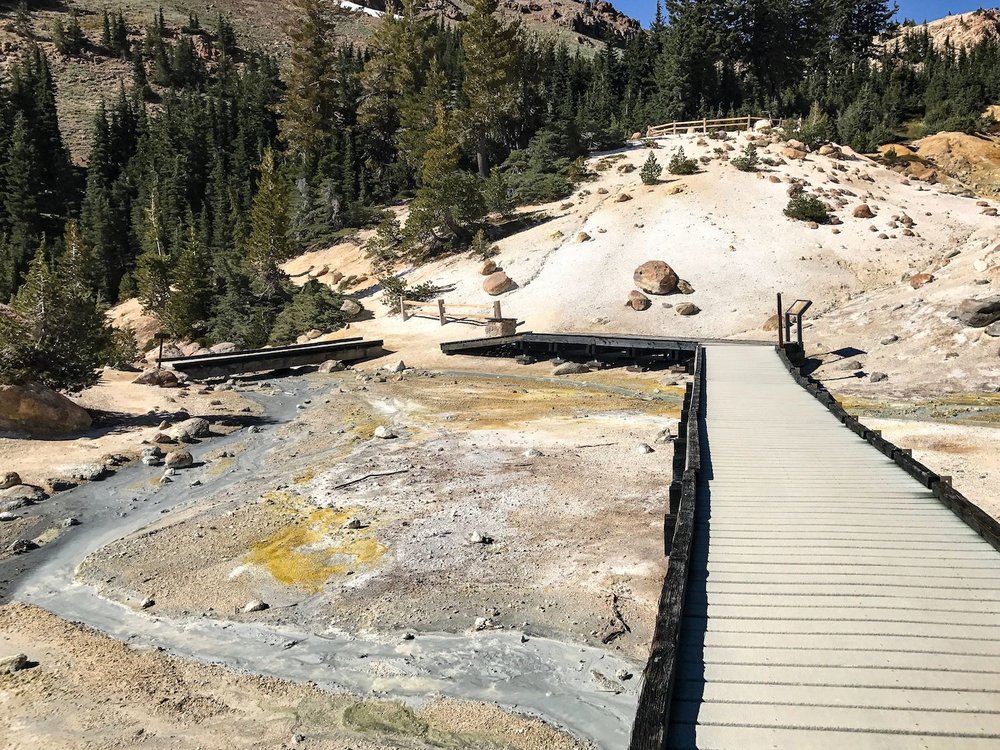
Fun fact: Bumpass Hell is named after early the pioneer Kendall Vanhook Bumpass who, upon discovering the site, burned his leg after stepping into one of the thermal pools.
Scientists from NASA think that Lassen’s hydrothermal areas might resemble early Earth or be similar to the environments on other planets and moons, including Mars.
As National Parks in California become increasingly popular and crowded, it’s really a treat to wander a park and only rarely crossing paths with others.
In 2016, Lassen National Park received only 536,000 visitors, compare that to Yosemite National Park just a 5.5 hour drive south which received more than 5.2 million that same year.
The striking scenery, coupled with it’s lack of tourists, make this a unique California experience.
Woven into the remarkable landscape are timeless stories of creation, destruction, and renewal – a rare frontier in which we can rediscover our own true nature.
Note: Bumpass Hell Pass trail is closed for reconstruction until December 2018.
Next: Lesser Known Inca Sites in the Sacred Valley of Peru
Visit California
Ready to experience California and it's diversity for yourself?





